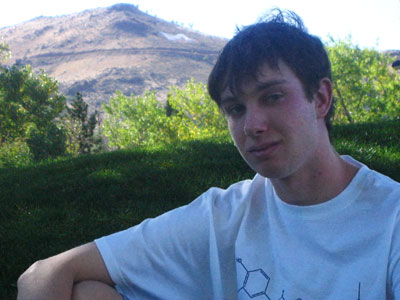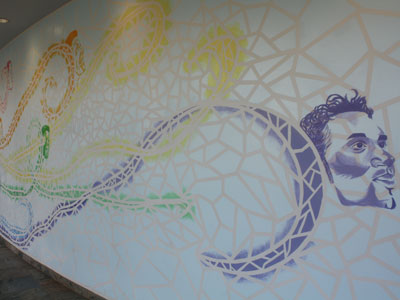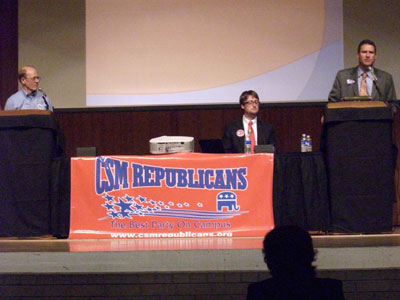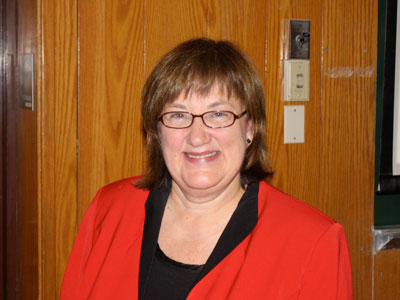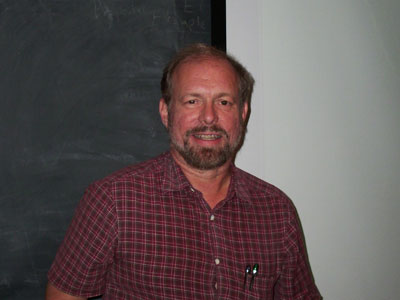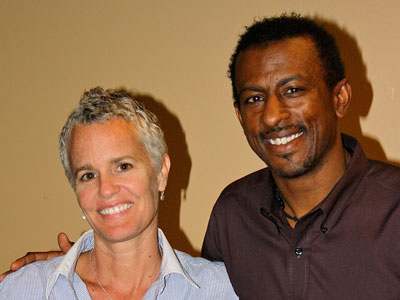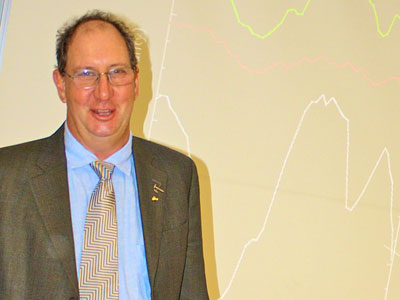Geek of the Week: Benjamin Skinner, Sophomore, Chemical
Beginning his second semester at the Colorado School of Mines, Benjamin Skinner is a chemical engineer, amateur programmer, and an inspiring intellectual scholar. Skinner likes to display his chemistry knowledge by designing chemistry T-shirts featuring chemicals like capsaicin, the molecule that makes food taste spicy. Hailing from Loveland, Colorado, Ben has excelled during his short time at the Colorado School of Mines by making good grades and still managing to have a social life. So with what little free time he had, Skinner took time for this interview.

